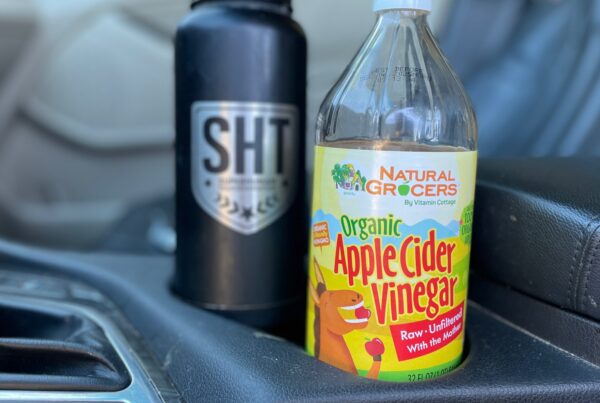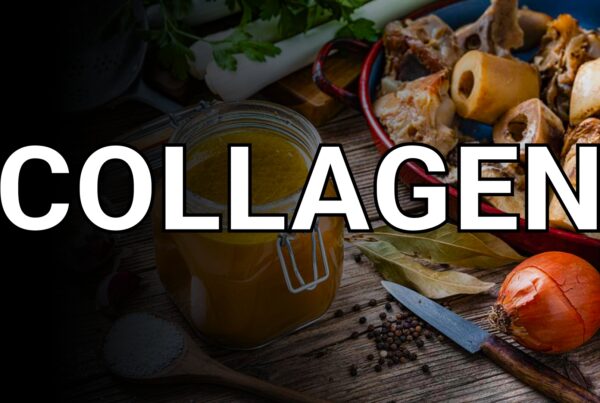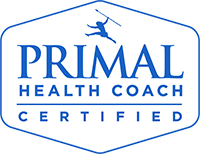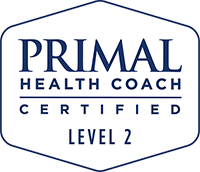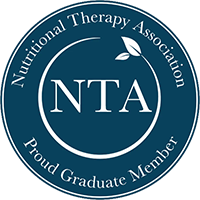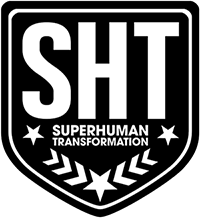bone stock FAQ
broth, stock, and collagen
we always here about the benefits of bone stock and collagen. what’s the difference between broth, stock, collagen, and how much should we be taking of each?
- subscribe to our podcast on Apple Podcasts | Spotify | Stitcher | Overcast | Google Play
what is bone stock or broth?
basically simmered bones. by simmering bones for an extended period of time, you get the nutrients from the bones and connective tissue into the liquid. this is the bone stock or bone broth.
why should people be adding bone broth to their diet?
we want to mimic nose 2 tail eating, and this is one of the easiest ways to do it without actually eating an animal nose to tail.
we get various nutrients from it:
- collagen makes up about 30 percent of the protein in your body and is the main component of connective tissues like cartilage, ligaments, tendons, bone, and skin.
- glycine to balance out methionine. too much methionine can deplete our glycine levels. too much methionine can lead to high levels of homocysteine a toxic compound. but balanced methionine with glycine prevents this.
- glutamine is one of the few amino acids that can directly cross the blood–brain barrier and every cell can use it for energy including digestive system cells.
- minerals. bone stock is full of the minerals from bones and electrolytes which are easy to absorb.
what specific digestive benefits come from bone broth?
- already mentioned glutamine. digestive system cells can use it directly for energy. can be beneficial especially in fasts.
- in fasts, helps to heal and seal the gut.
- the collagen, and especially the gelatin, by its very nature, pulls digestive juices to it increasing digestive effort.
what vitamins/minerals/nutrients come with bone broth that we would not get within the SHT real foodie diet?
great question and I think from an intuitive standpoint, if we’re trying to eat now 2 tail and we aren’t, we’re missing out on some things without fully understanding what those are. but we’ve already mentioned the collagen, the bioavailable minerals, the glycine and just this idea that we’re getting parts we don’t normally get, which we may never fully understand how that works.
can you walk me through the basic creating process of bone broth?
see our recent video, post and podcast :)
what is the difference between bone broth and bone stock?
broth is simmering meat and veggies for a flavor. short time usuallyl 2 or 3 hours.
stock is usually using bones, and a medium period of time like 4 to 6 hours.
bone stock or bone broth implies 24 hours or longer. this is what we are looking for.
how much bone broth should we be consuming and how often?
if you’re not consuming any, anything is going to be beneficial. work your way up to 1/2 quart to 1 quart per day consistently.
should we be consuming both a collagen powder AND a bone broth?
YES. bone stock is a holistic superfood with a lot of nutrient synergy. collagen is one component of bone stock, but we don’t know how much is in the stock we make. we can’t get too much collagen. so I would say in addition to bone stock, 1 to 4 scoops of collagen per day!
let’s say we can’t make bone broth from scratch, what brand should we shoot for buying?
see our recent post on store-bought bone stock options.
download recipes and other resources at….
community.superhumantransformation.com
other links and resources.
I consume 1/2 to 1 quart of bone stock per day. I also consume 2 scoops of each of collagen hydrolyzed peptides and collagen gelatin:
- here’s how to make bone stock (video).
- here’s how to buy store-bought bone stock options.
- here are my favorite collagen hydrolyzed peptides (easy to digest and mix in water). you can add to liquids or foods, hot or cold. you can even cook with it.
- here’s my favorite collagen gelatin. must be mixed in hot water, OR added to food. before or after cooking doesn’t matter.

